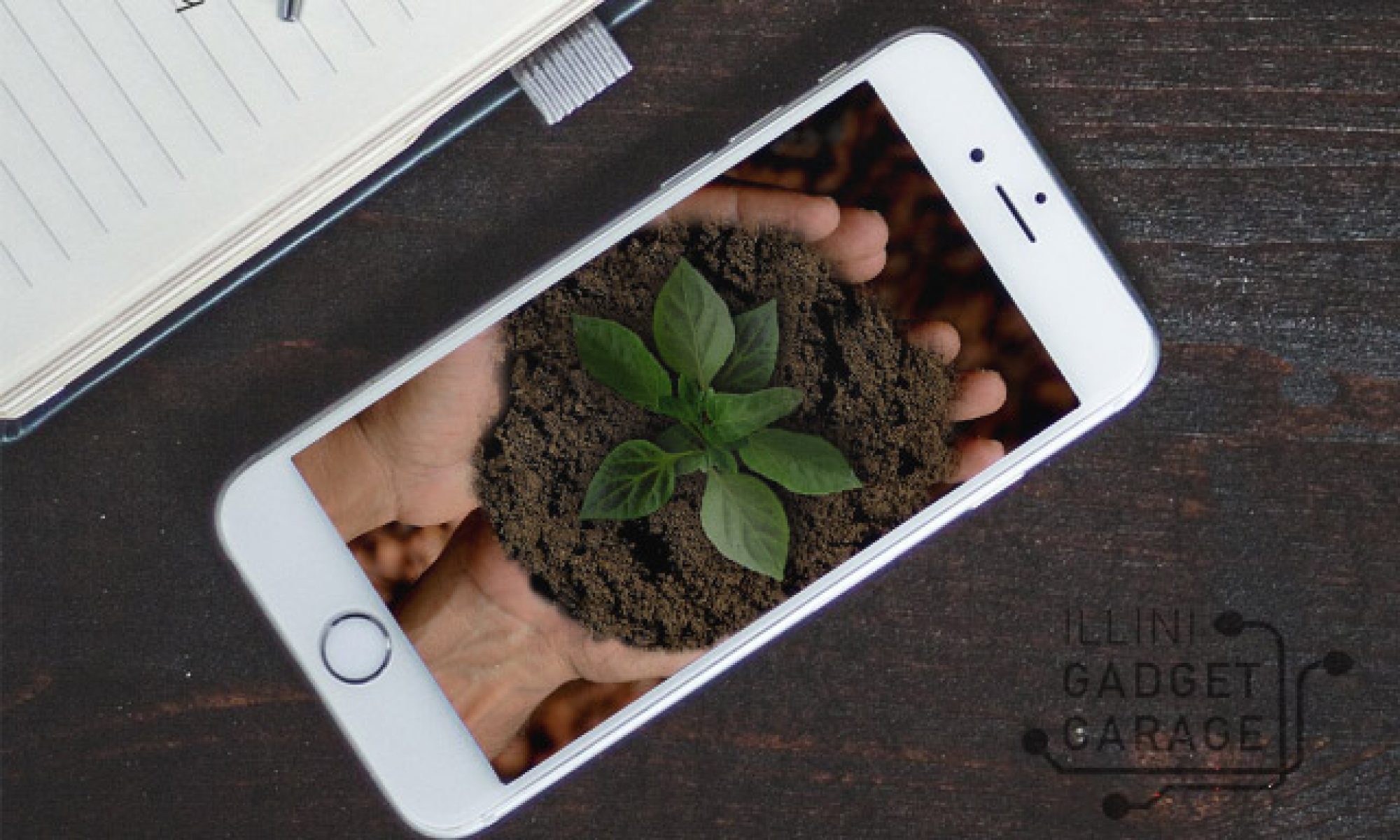In recent news, Apple released their annual Environmental Responsibility report which highlights the things that the corporation is doing to be more “green” such as encouraging renewable energy throughout the manufacturing process and trying to create sustainable practices for the paper used in their product packaging. But perhaps the most notable mention that came from this report was the declaration that one day it would end its reliance on mining and make its products solely from recycled materials or renewable resources. This is certainly a lofty goal for Apple and one worth pursuing even if they’re not sure how to go about it or when they’ll be able to achieve it.
Apple has been dubbed one of the most environmentally friendly technology companies in the world according to Greenpeace’s Clean Energy Index, leading the way among other tech industry giants like Google and Facebook. Apple has made significant progress in being environmentally conscientious from where it was several years ago and it hasn’t gone unnoticed. However, as they continue to seek ways to benefit the environment, they do so in pushing forward in developing new technologies rather than seeking to extend the life of existing ones.
Lifespans for electronics in the industry – as a whole – are dropping; even Apple places the iPhone’s estimated lifespan at around 3 years; not terribly impressive considering its cost. Two elements which play largely into determining how long a device can be considered relevant and useful are planned obsolescence and consumerism. Planned obsolescence, where devices are designed to fail at some point so that new devices can be purchased, can be done through a variety of means such as: limiting warranty periods, ending software upgrades and product support, hardware decisions, and discontinuing the availability of repair parts.
For all of Apple’s green efforts, they clearly do not want individuals working on repairing and extending the life of their products, even going so far as to shred its old products so that salvageable parts are not resold; a method that is used to protect its brand by preventing secondhand parts from flooding the market. While the shredded remains of iPhones are sifted apart and recycled to the best of Apple’s ability, the fact remains that those components could have been put to better use in keeping another device from landing in the shredder itself.

Consumerism is the other side of the technology lifespan coin for those individuals who want to have the latest and greatest devices. As a culture, we’re far more willing to go out and purchase something new rather than attempt to repair it and the tech industry knows this and promotes it. Apple, in showing off their going green endeavors, are either consciously or unconsciously coaxing consumers into feeling less guilt about buying new models each year. Consumers enjoy feeling that their purchase is created in an environmentally friendly way and that the devices will be recycled at the end of their lifecycle, but supporting Apple’s sustainable practices is negated by buying a brand-new phone each year when the old one worked just fine. In fact, studies have been done that show the availability of recycling as an option can lead to an increase in resource usage.
While recycling is a good alternative to throwing things away, prolonging the useful life of a product is far better. There’s a reason that Reduce, Reuse, Recycle is presented in that order.

